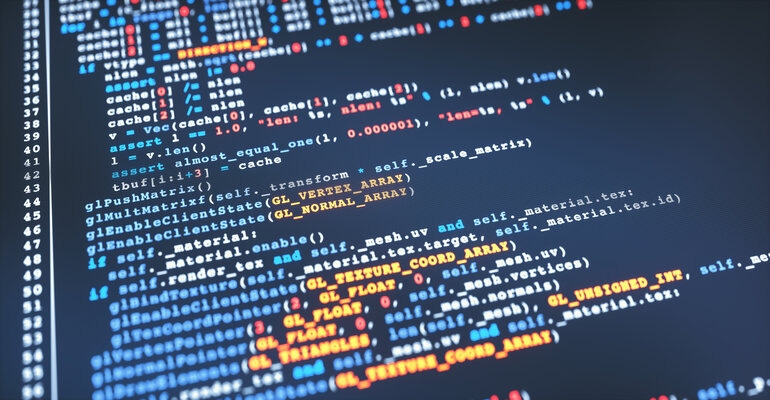Professor Hien Van Nguyen will use computer-aided diagnostic algorithms to determine when and how AI should interact with radiologists.

The use of artificial intelligence in medicine has become increasingly mainstream over recent years. However, several studies report that AI systems do not improve radiologists’ diagnostic performance, with diagnostic errors making up 40,000 to 80,000 deaths annually in the United States.
Hien Van Nguyen, a University of Houston associate professor of electrical and computer engineering, is hoping to bridge the gap by building next-generation computer-aided diagnosis algorithms that are more interactive. With the help of a new $933,812 grant from the National Cancer Institute, he will focus on lung cancer diagnostics through AI collaboration with radiologists.
“Current AI systems focus on improving stand-alone performances while neglecting team interaction with radiologists,” Van Nguyen said. “This project aims to develop a computational framework for AI to collaborate with human radiologists on medical diagnosis tasks.”
The computational framework uses a combination of eye-graze tracking, intention reverse engineering, and reinforcement learning to decide when and how AI systems should interact with radiologists. To do this, Van Nguyen is in the process of designing a user-friendly and minimally interfering interface for radiologist-AI interaction.
“Our approaches are creative and original because they represent a substantive departure from the existing algorithms. Instead of continuously providing AI predictions, our system uses a gaze-assisted reinforcement learning agent to determine the optimal time and type of information to present to radiologists,” he said.
The project will evaluate two clinical applications, including lung nodule detection, and pulmonary embolism and will help Van Nguyen gain insight on when and how AI systems should interact with radiologists and how to model radiologists visual scanning process.
“Studying how AI can help radiologists reduce these diseases' diagnostic errors will have significant clinical impacts,” he said. “This project will significantly advance the knowledge of the field by addressing important, but largely under-explored questions.”
About the Author(s)
You May Also Like




